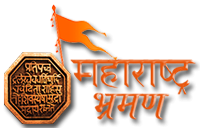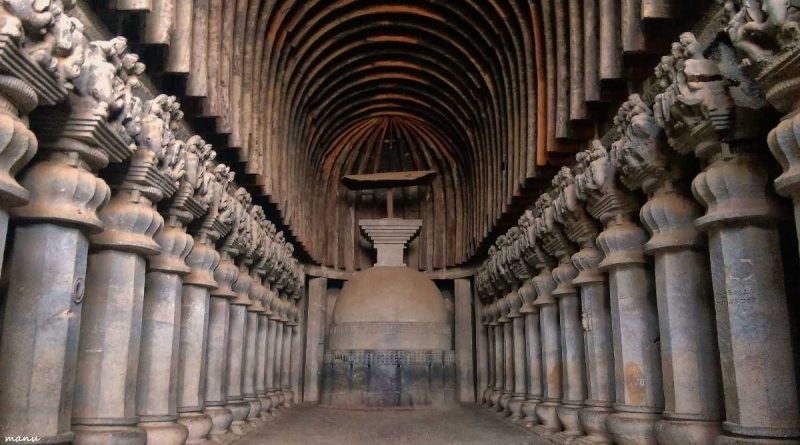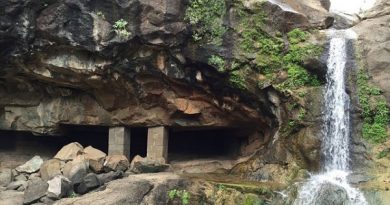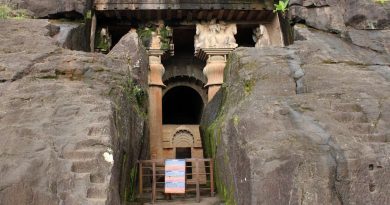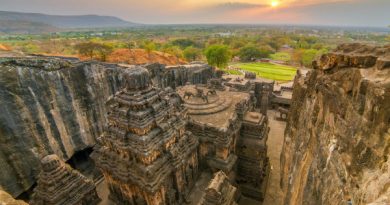Karla Caves
The Karla Caves or Karle Caves or Karla Cells are a complex of ancient Indian Buddhist rock-cut cave shrines located in Karli near Lonavala, Maharashtra. The shrines were developed over two periods – from the 2nd century BC to the 2nd century AD, and from the 5th century AD to the 10th century. The oldest of the cave shrines is believed to date back to 160 BC, having arisen near a major ancient trade route, running eastward from the Arabian Sea into the Deccan. Karli’s location in Maharashtra places it in a region that marks the division between North India and South India. Buddhists, having become identified with commerce and manufacturing through their early association with traders, tended to locate their monastic establishments in natural geographic formations close to major trade routes so as to provide lodging houses for travelling traders. Today, the cave complex is a protected monument under the Archaeological Survey of India.
Affiliation:
The caves were historically associated with the Mahāsāṃghika sect of Buddhism, which had great popularity in this region of India, as well as wealthy patronage. The caves house a Buddhist monastery dating back to the 2nd century BC. The monastery was once home to two 15-meter grand pillars. Now only one of these remains, and the remaining space is occupied by a temple dedicated to the goddess Ekveera, who is worshipped most notably by the Koli community of Mumbai.
Architecture:
The Karla cave complex is built into a rocky hillside around 60 kilometres (37 mi) from Pune, with large windows cut into the rock to light the cave interiors. The caves are believed to be some of thousands of similar caves excavated in the Sahyadri Hills in the early 1st millennium AD.
The main cave features a large, intricately carved chaitya, or prayer hall, dating back to the 1st century BC. This is among the largest rock-cut chaityas in India, measuring 45 metres (148 ft) long and up to 14 metres (46 ft) high.The hall features sculptures of both males and females, as well as animals such as lions and elephants.
Within the complex are a great many other carved chaityas, as well as viharas, or dwelling places for the caves’ monks. A notable feature of these caves is their arched entrances and vaulted interiors. The outside facade has intricate details carved into it in an imitation of finished wood. The central motif is a large horseshoe arch. There is an Ashokan pillar at the front, with a closed stone facade and torana in between.
how to reach:
By Train: Lonavala is situated on the main line connecting Mumbai and Pune. Many express trains stop at Lonavala. Taxis can be hired from Lonavala to reach Karla caves.
By Bus: Lonavala is well connected to Mumbai and Pune by regular bus service. Both private and state-owned buses ply regularly. Tickets can be booked for the private buses through any of the tour operators in Mumbai or Pune.
By Air: Nearest airport is at Pune at a distance of 62 km. Pune is connected by flights to Mumbai, Goa and Bengaluru by air. Chatrapati Shivaji International airport, 100 km away at Mumbai, is the major international airport. Tourist taxis are easily available from Mumbai to Lonavala.
